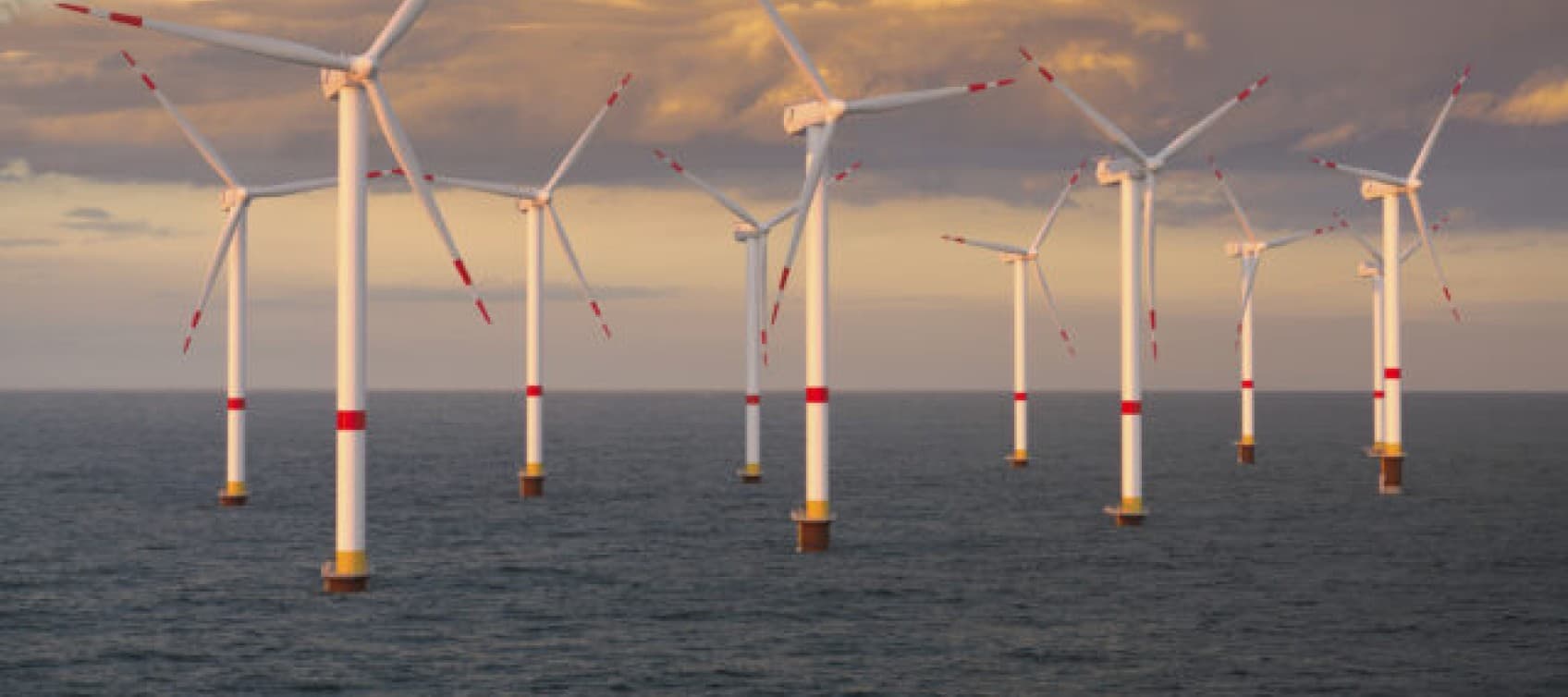Humans have been capturing wind energy for thousands of years – from sailing ships to wind-powered water pumps to windmills. By turning to a free and readily available source of power, ancient people had a clever, cost-effective way to maximise their productivity.
Although we’ve been using it for a long time, we’ve barely captured a tiny fraction of what wind power could do for us. It has the potential to be the planet’s largest source of renewable energy, with a report released by the International Energy Agency in 2019, estimating that wind energy could produce eleven times as much power as the world needs.
The massive untapped possibilities of wind turbines
Wind turbines are incredibly good at generating power – they’ve steadily been getting bigger and more efficient since the turn of the 21st century. While you might be most familiar with onshore wind turbines, the game-changing turbine projects are based offshore.
The world’s largest wind turbines, all designed to be deployed at sea, are approaching 300 metres tall, with rotor diameters of over 200m. Just one of these can produce enough energy to provide a year’s worth of power to 18,000 households. It’s affordable power, too. The cost of wind-produced electricity is falling all the time, thanks to factors like innovation and the rising cost of fossil fuels. Since 2010, the price of electricity from wind has fallen by 60%; in the UK, offshore wind produced electricity at a quarter of the price of wholesale gas.
Last year saw a record number of offshore wind installations, with global wind capacity now over 50 gigawatts, according to a US Department of Energy report. By 2030, global capacity is expected to increase to 260 gigawatts or more, with twice as many nations adding offshore wind to their grids – a list that might include New Zealand.
Getting that energy back to our homes and businesses
Once you’ve captured all that wind energy out at sea, how can you transport it back to land so it can be used to power our homes and businesses? Offshore turbines can produce far more electricity on windy warm days than households will use, so to make the most of wind power you need a way to store the excess for when it’s needed.
The solution to that problem lies in hydrogen. The extra power generated by offshore turbines on windy days can be used to produce green hydrogen by electrolysing water. That hydrogen can then be stored and used later to power homes and businesses.
And there’s the potential to make this process even more efficient: currently in development are offshore hydrogen plants, which have wind turbines with built-in electrolysers. These electrolyse seawater into green hydrogen, which can then be sent back to storage on land using existing natural gas pipelines.
The result will be uninterrupted zero-emissions energy, available even when the wind isn’t blowing and the sun isn’t shining.
New Zealand has “fantastic wind resource”
Onshore wind projects have dominated in Aotearoa, thanks to “the fantastic wind resource we have over significant portions of the country,” as MBIE’s most recent Wind Generation Stack Update puts it. Three potential offshore wind locations have been identified so far, with the potential to generate a total of 8,000 megawatts per year – enough to power two million New Zealand homes.
This is a hugely exciting area for future development. By combining the generation power of offshore wind turbines with the easy storage and transportation of hydrogen, made cost-effective with existing pipelines, New Zealand could make huge strides in decarbonising our energy network.





